Vehicles were mostly seen as mechanical systems. But that has changed a lot with the introduction of electronics in vehicles. In 1970 Electronic Control Unit (ECU) was introduced to the Automotive industry. Modern-day vehicles are full of Electronic devices.
Electronic Control Unit is one of the most important electronic devices that is on a vehicle.
In this guide, you will get all the details about Electronic Control Unit.
Let’s dive in,
What is an Electronic Control Unit?
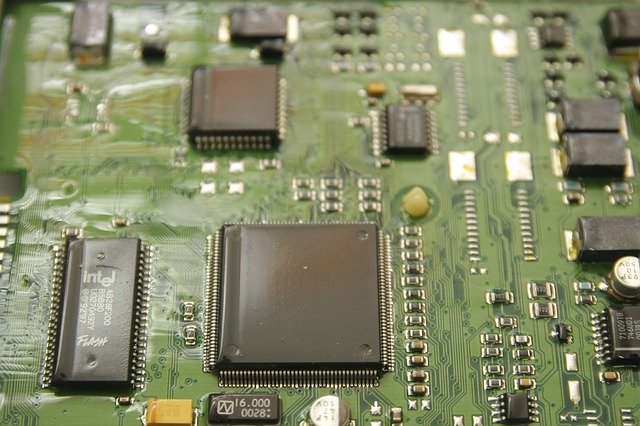
Electronic Control Unit (ECU) is an electronic device that controls a specific function. Electronic Control Unit function may range from controlling the engine to controlling the wiper to controlling the brakes.
Modern cars can have 100 Electronic Control Units or even more. An ECU might control only one system in a vehicle, or it could control multiple systems.
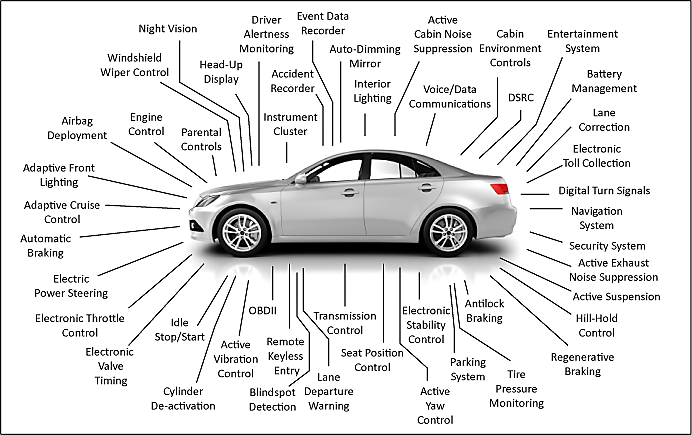
Important Elements of Electronic Control Unit
Microcontroller
- A Microcontroller is a small computer. It contains one or more CPUs.
Memory
- RAM
- EEPROM
- Flash memory.
Communication
- Bus Transceivers for CAN bus, K-Line etc
Electronic Control Unit Software
- Bootloader
- ECU and Software Identification, Checksums, Version Management,
- Application Software
Inputs
ECU receives inputs from different sources depending on its functions. For example, door lock ECU receives input when a passenger presses the button on a car door. The inputs can be from sensors, other ECUs. It could be Analog or digital.
Outputs
ECU communicates to an actuator to perform an action based on the inputs it received.
Electronic control unit working principle
An ECU has an application software which is a set of algorithms.
ECU gets inputs from other ECUs and sensors. These inputs are assessed and used in the algorithms to calculate or determine the output. These outputs then control a specific function.
Below is an example that shows how an ECU is used in Fuel Injection and also the difference between Mechanical Control and Electronic Control.
Mechanical Control vs Electronic Control
Before the introduction of Electronic Control Units, most of the functions is vehicles were controlled mechanically. Let us take the example of fuel injection.
Without Electronic Control Unit
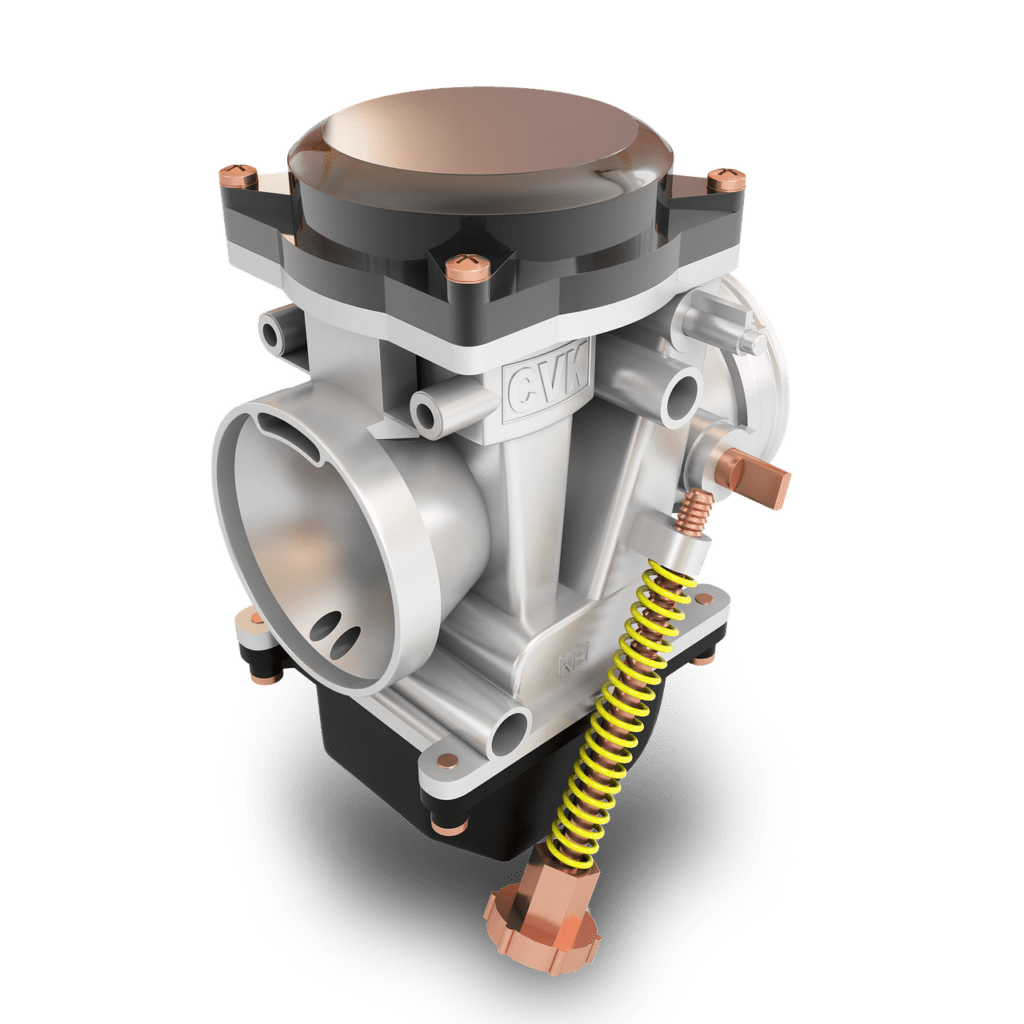
Until the 1970’s vehicles were equipped with Carburetor. The carburetor is used to feed the air-fuel mixture into the engine cylinder.
It has a restricted air passage area (Venturi) to increase the velocity of air passing through. By increasing the velocity of the air, a low-pressure pocket is created, this facilitates drawing fuel from a jet placed near the venturi through suction.
The amount of air sucked into the carburetor is decided by the throttle valve which is connected to the accelerator pedal. So this system is fully mechanical and inefficient.
With Electronic Control Unit
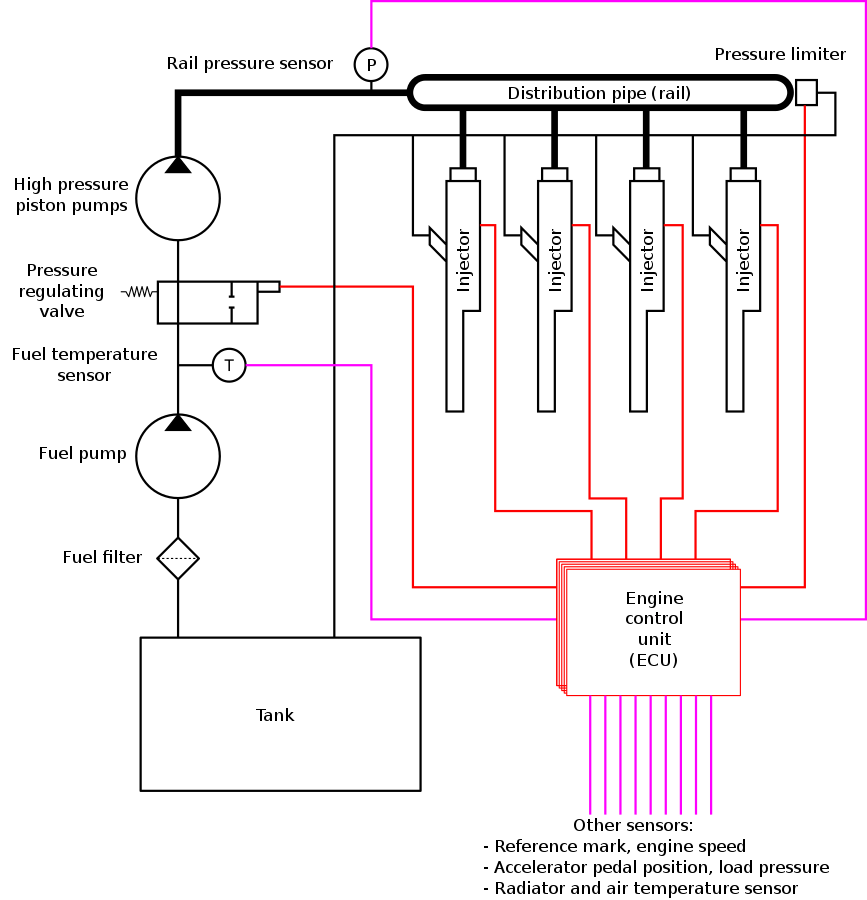
Fuel Injection System controlled by ECU. ECU gets data like throttle pedal angle, temperature, engine speed etc. The algorithm on the ECU in turn calculate what could be fuel quantity and activates the fuel injectors.
Common Types of Electronic Control Unit
Engine Control Unit:
As the name suggests it controls the Engine. Engine Control Unit is responsible for calculating the engine load, fuel delivery, ignition resulting in an efficient and highly functional engine.
Body control module (BCM):
This unit mainly takes care of the comfort and security features of the car. This unit is responsible for climate control systems, electronic power windows, door locks, etc.
Transmission Control Unit (TCU):
This unit is mainly responsible for automatic transmissions. TCU get data from sensors and Engine control unit.
Powertrain Control Module (PCM):
Usually when the functions of the Engine Control Unit and Transmission Control Unit are combined then it is termed as Powertrain Control Module.
Telematics control module:
Usually provides GPS, internet, and phone connectivity to cars.
Battery Management System:
This manages the rechargeable batteries in Electric Vehicles.
Some of the Reasons that led the Automotive Industry to move from Mechanical Control to Electronic Control
Emission Norms
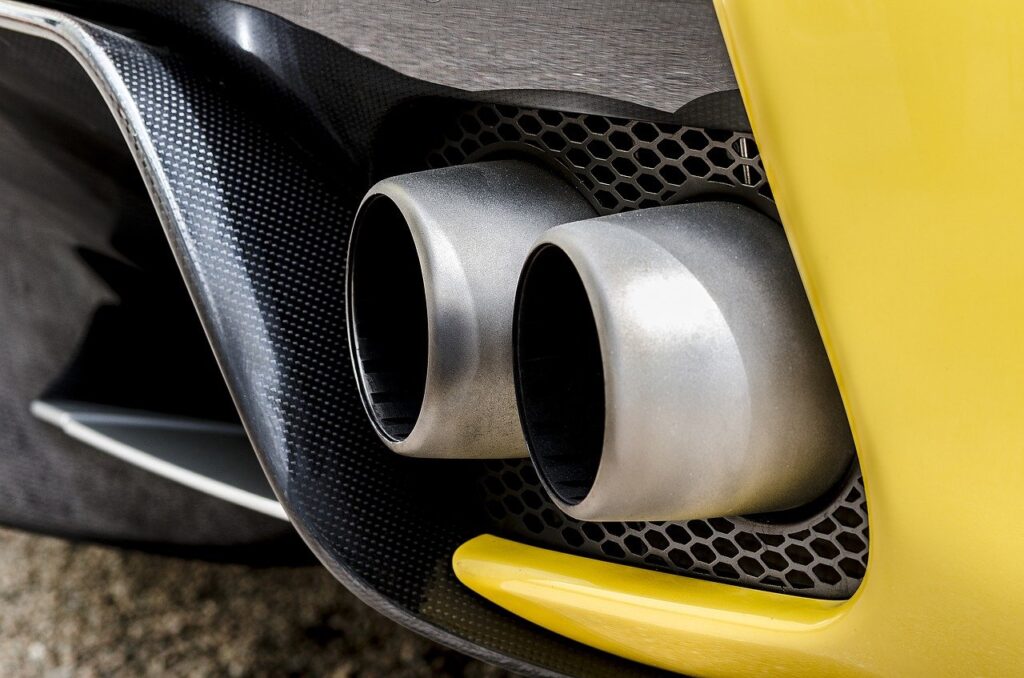
Governments have put in place regulations for Emission and Safety norms for vehicles. To be complaint with these regulations without Electronic Control Units would have been impossible.
Driver safety:
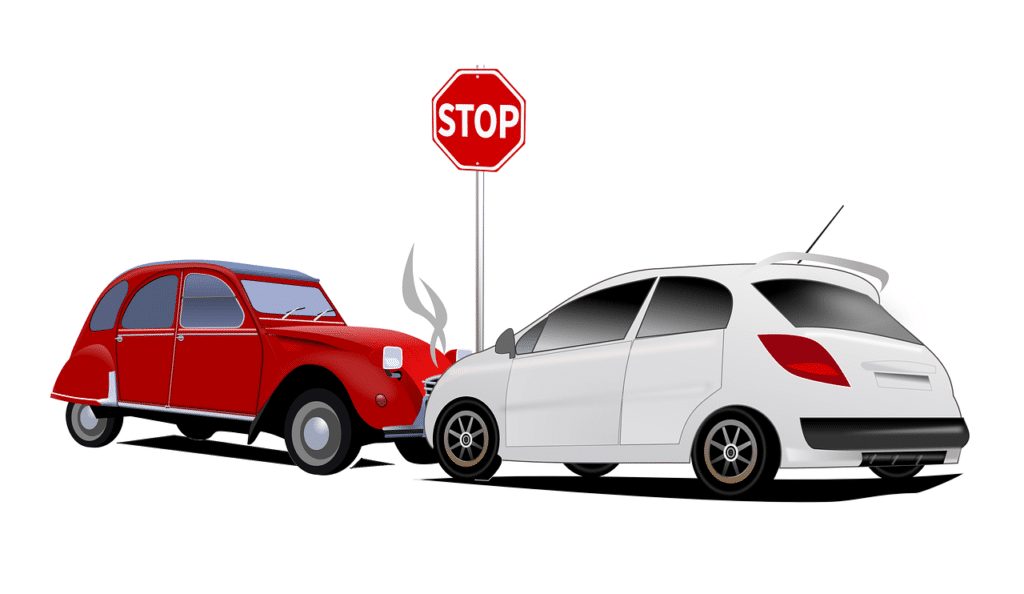
For Automotive OEMs Driver safety has been of the paramount importance. Some of the features like Antilock brake system, Airbag control, lane departure warning, adaptive cruise control has been possible due to Electronic control units.
Comfort
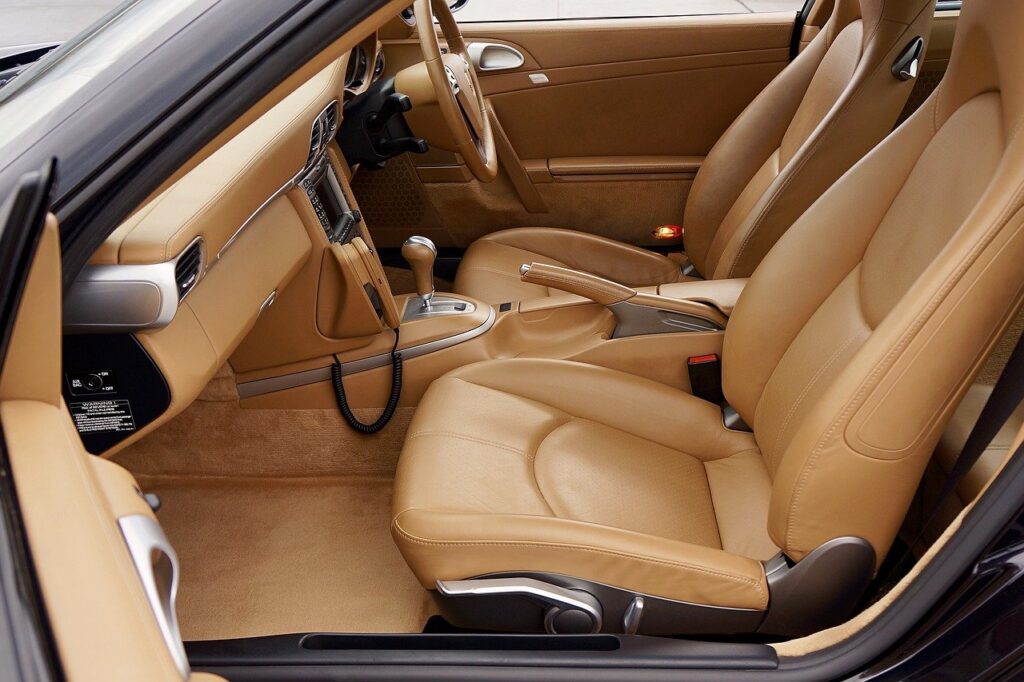
As the Automotive OEMs started to focus on passenger comfort in vehicles like Climate Control, seat massagers, automated seat adjustment etc the role of Electronic Control Units became even more important.
Electric Vehicles

With Electric Vehicles becoming popular the requirement for ECUs in Electric Vehicles has increased. Control units related to the Battery Management, DC/DC inverter, charger, range extender etc are used.
ADAS

Automotive OEMs are increasingly introducing advanced driver assistance systems (ADAS) in vehicles. ADAS require ECUs.
Future trends for Electronic Control Units
As shown below the Electronic Control Unit (ECU) market is going to be USD 129 billion by 2025.

Conclusion
Electronic Control Unit (ECU) is and will be an integral part of Vehicles. Its usage is going to increase with new technology coming into the Automotive industry.
Now please let me know did you find the information in this guide useful.
Did we miss any information that you wanted to understand? please mention this in the comment section below.


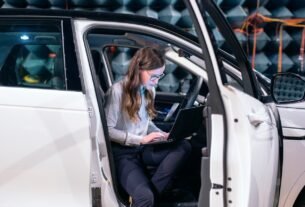
This article about ECU’s has been really helpful in understanding how ECU’s work and its application. This brief introduction would be even better with a video explaining how the ECU works in general and its positioning in the vehicle and how each component of ECU gathers, analyze and applies information
Good Basic Training. Won’t confuse associates that are not involved with this side of the business.
How do you know if your ecu to your fuel pump is working ? And what do you do to repair it .2007 Nissan Murano
I’ve changed the fuel pump rewired to ecu . Is there a test I can perform to pin point the problem?
This article about ECU’s has been really helpful in understanding how ECU’s work and its application.